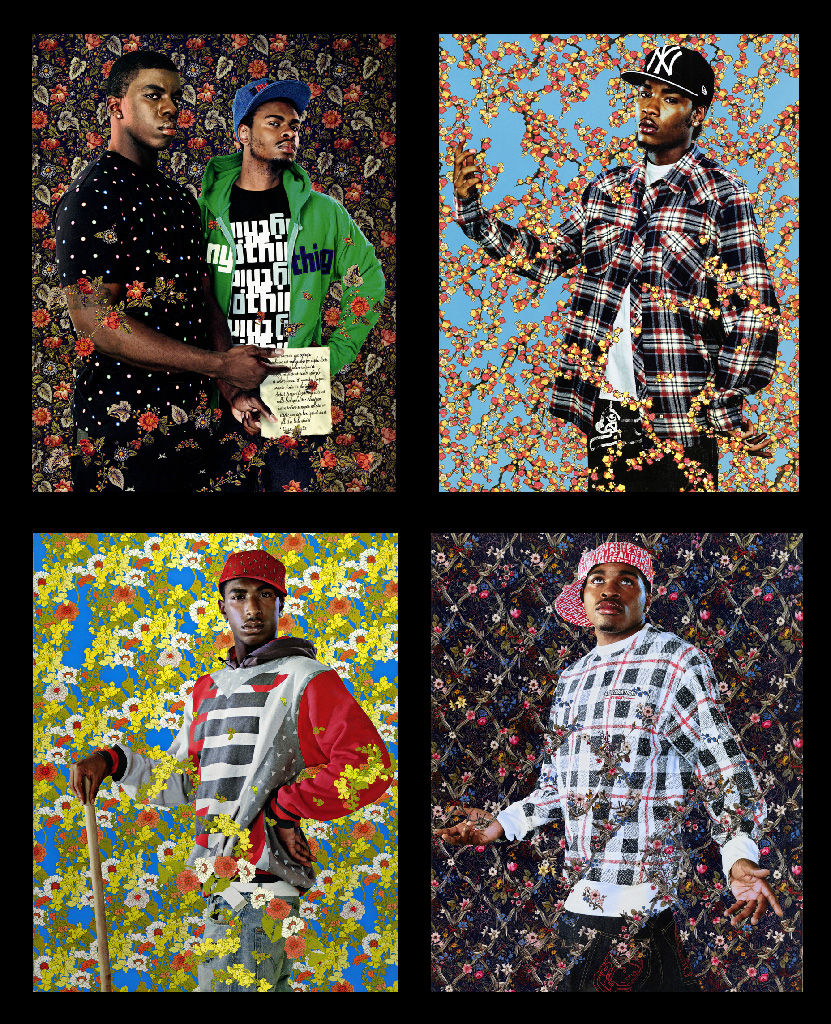However, it got me thinking about our current information networks... in other words, about the wonders of the internet! What could be interesting, for art history journal bloggers, would be to be given each other's blog adresses. After all, creations in general are just different amalgamations of things that already exist! And in all classes, I keep wishing I could read my classmate's writings.
It was stumbling onto Bonny's blog that made me think of it (although I think she has switched classes now). Every now and then Bonny and I will have conversations about life and art in Eastern Asia and through her latest post, I've just found out about the mid-moon festival, and overall, about the Moon Festival.
 |
| Snow skin mooncakes, also known as ice skin mooncakes. |
Without the internet, this vast network of information (whether true or false), how would I know this? Sure, by asking Bonny more questions, but would I really have left my appartement before Salsa class on this rainy Sunday afternoon? Probably not. It is no question or debate how information is more accessible now than ever (like on Pro Quest, JSTOR and Art Info), I'm just thinking about it a whole lot. That and mooncakes.
Also, check out some awesome music on The Silk Road Project.






